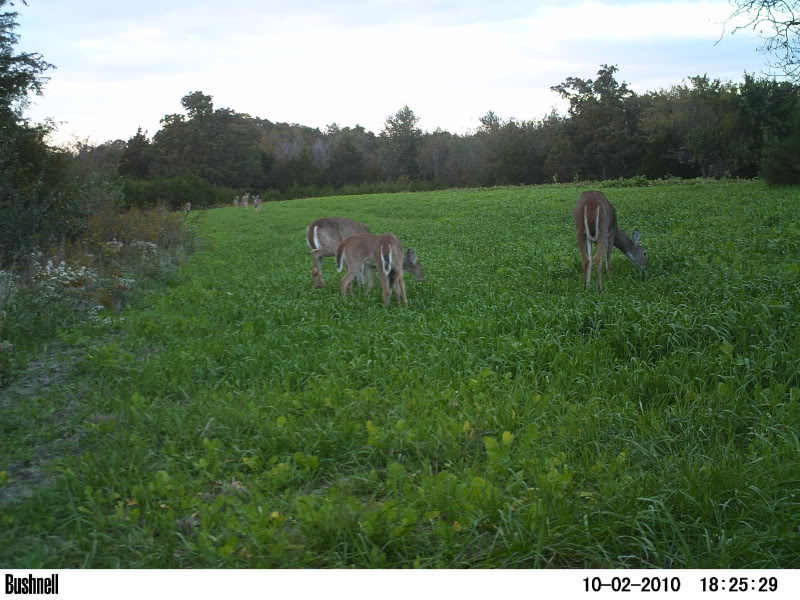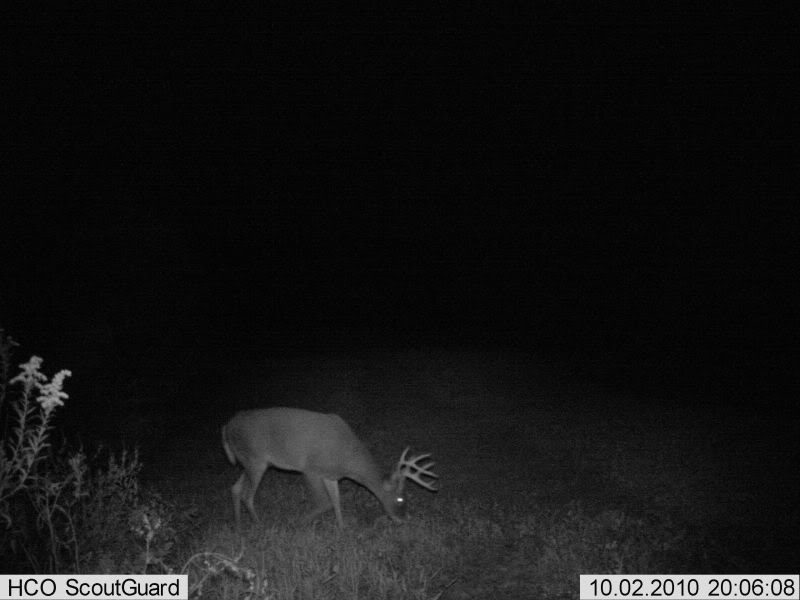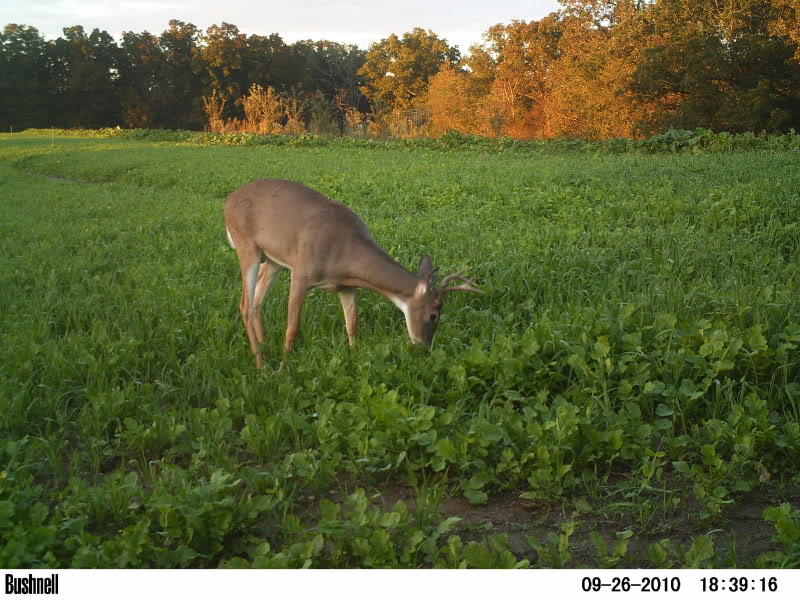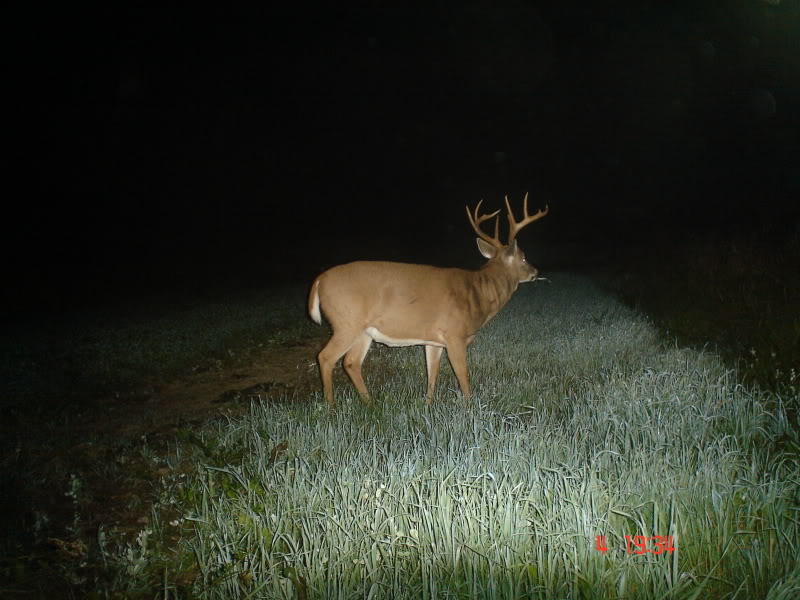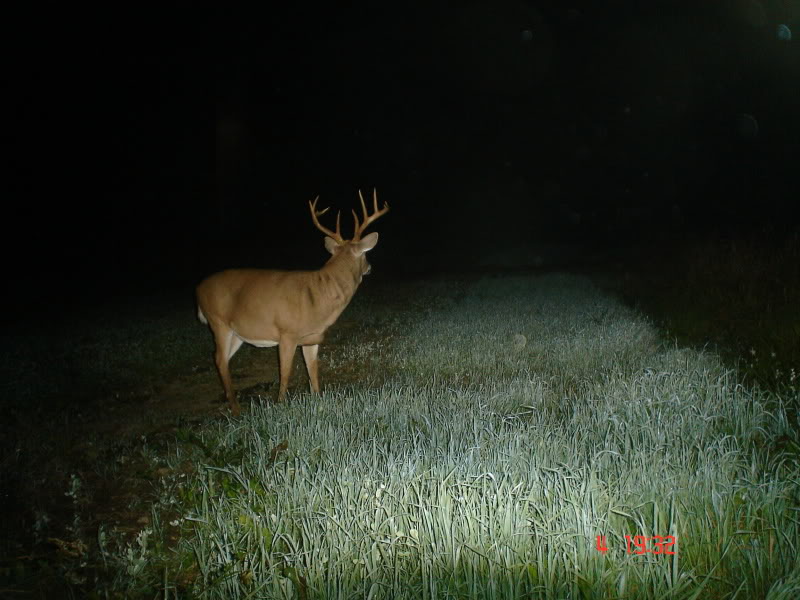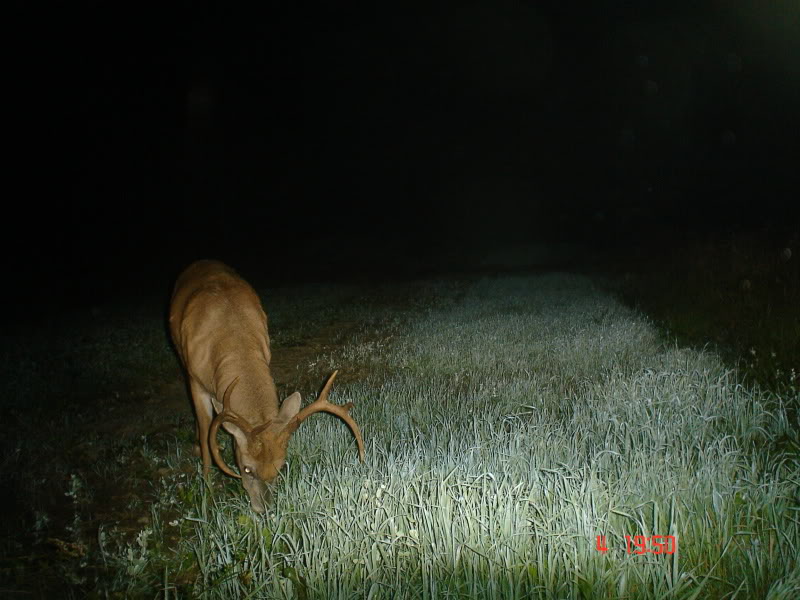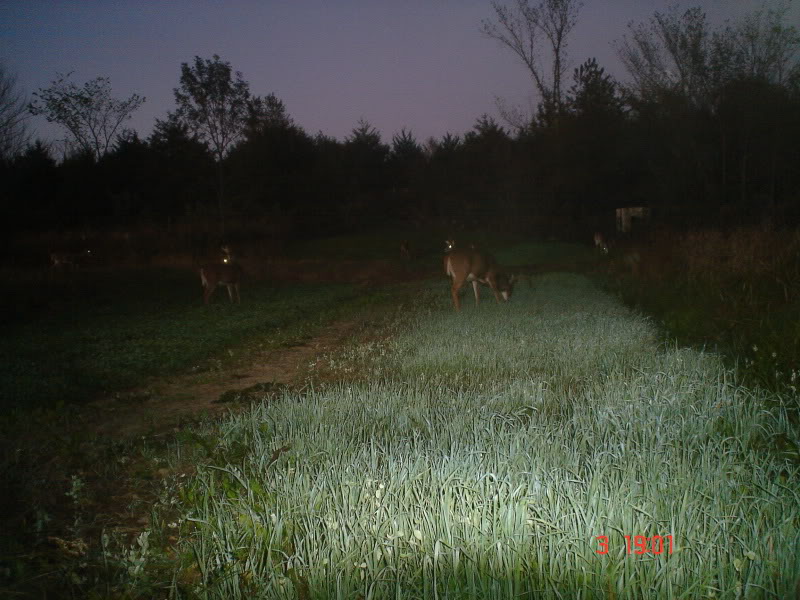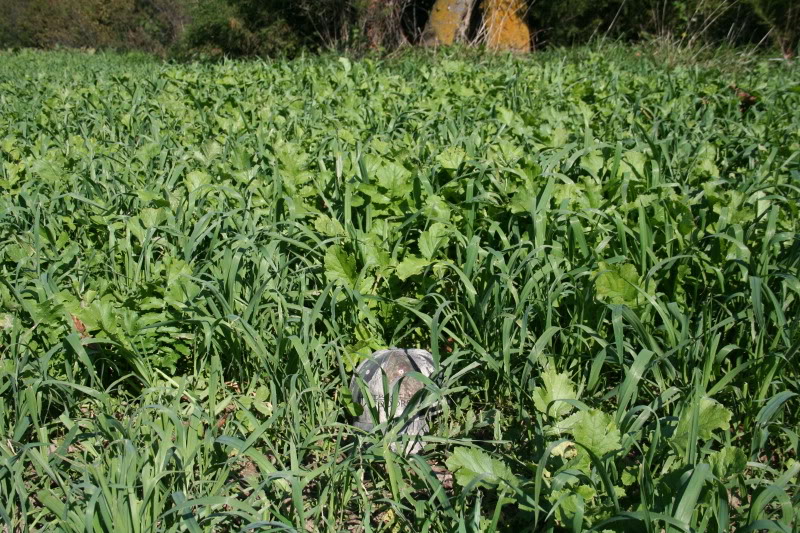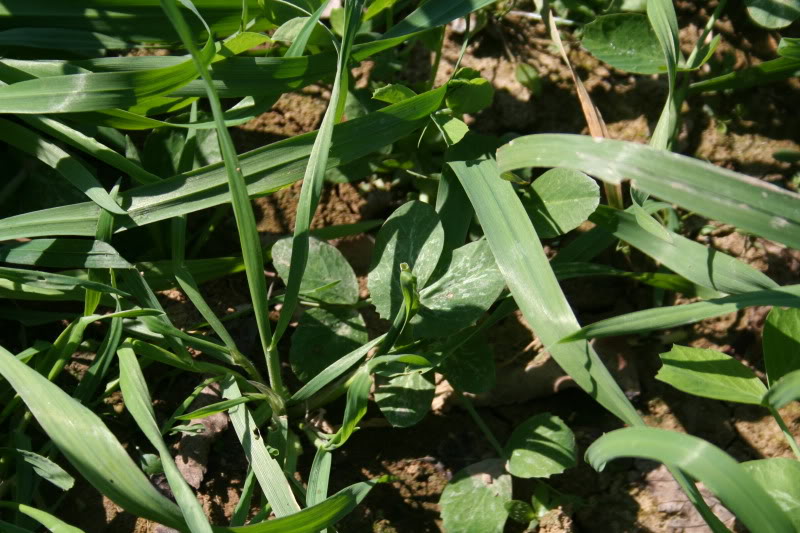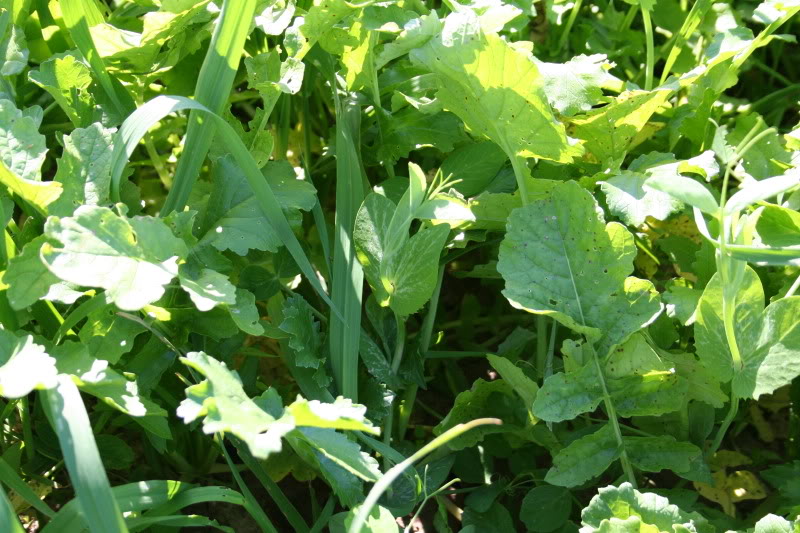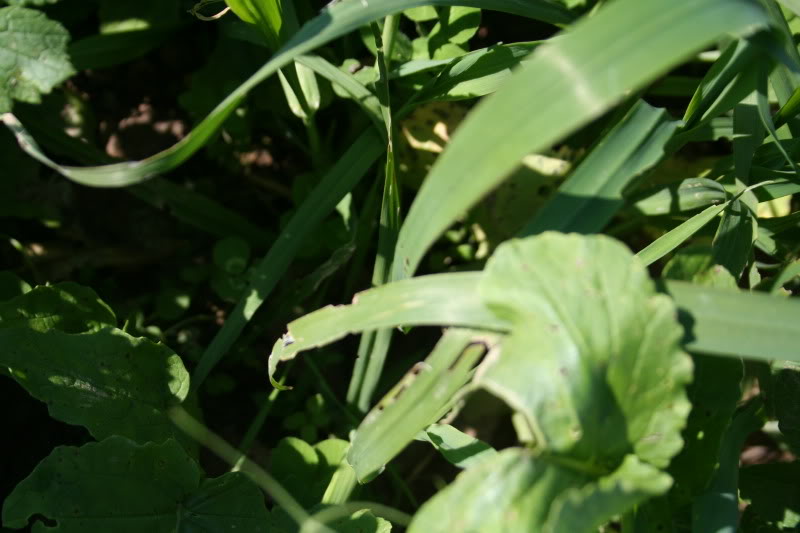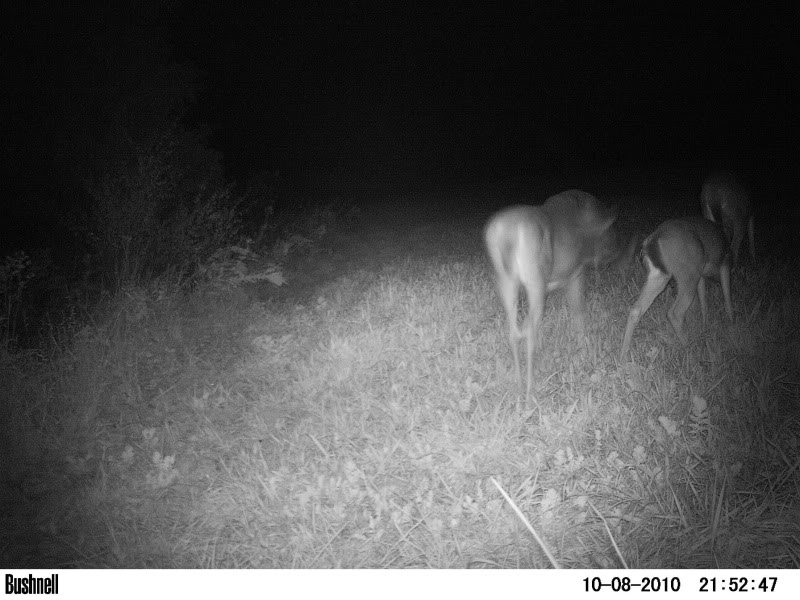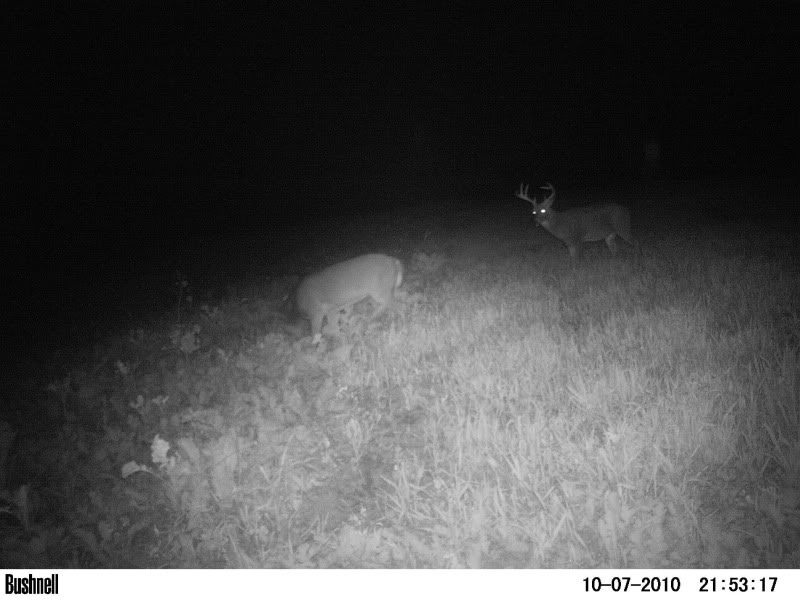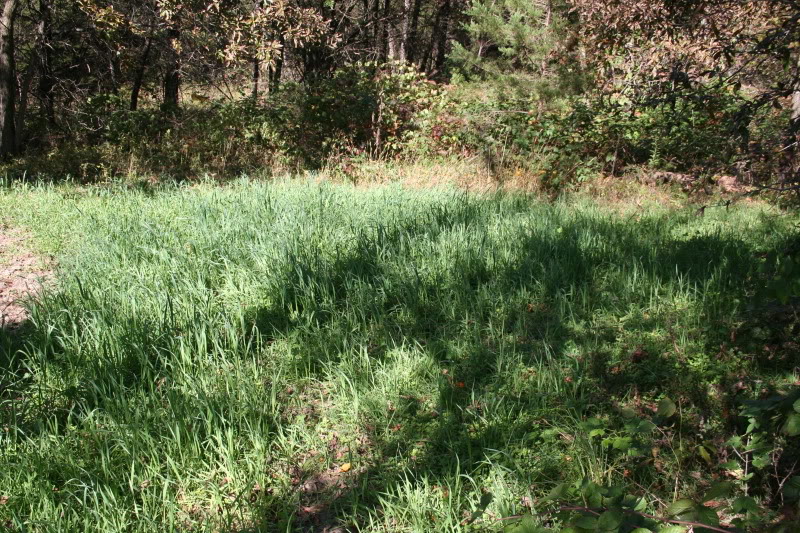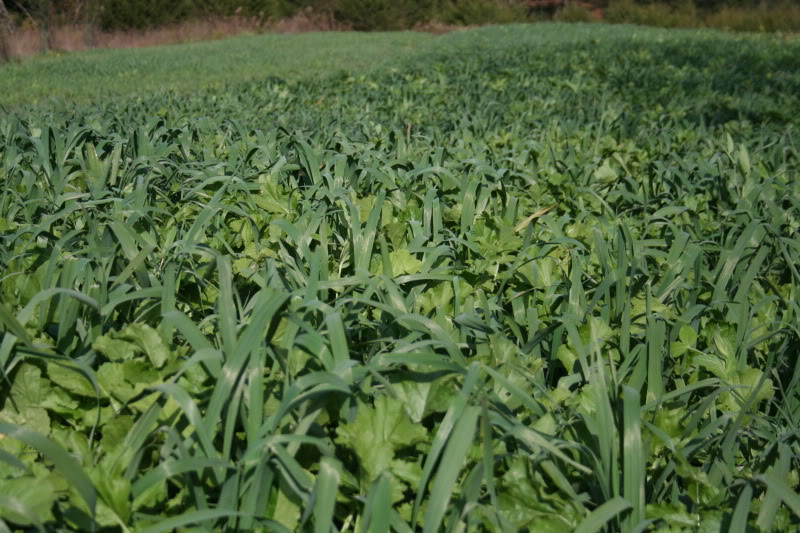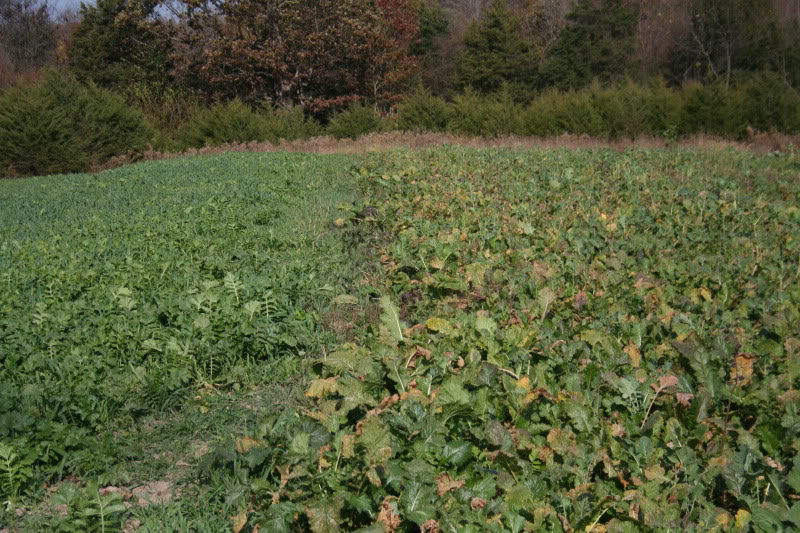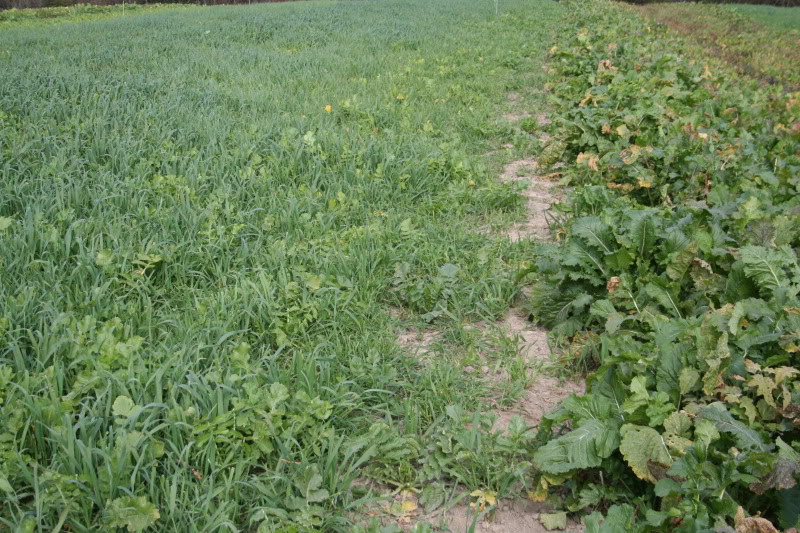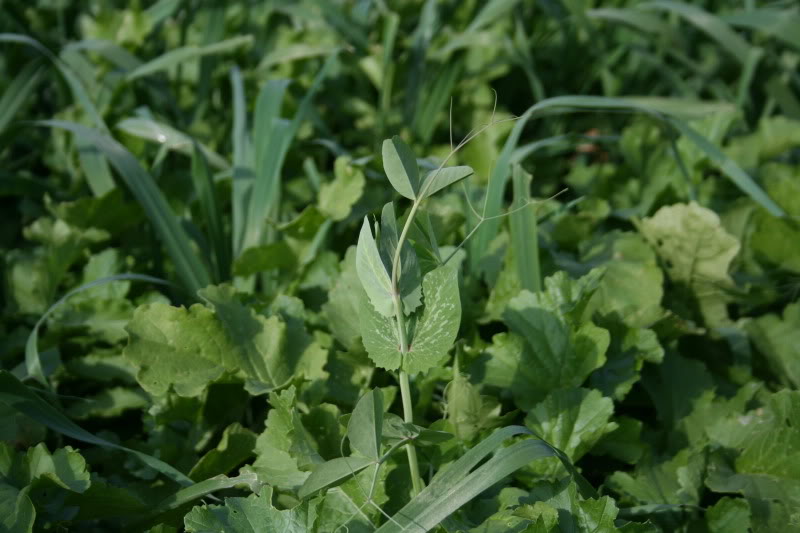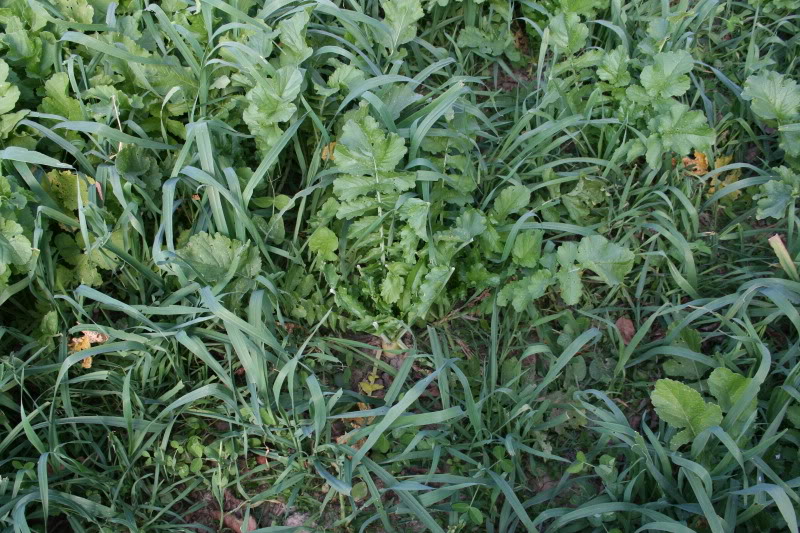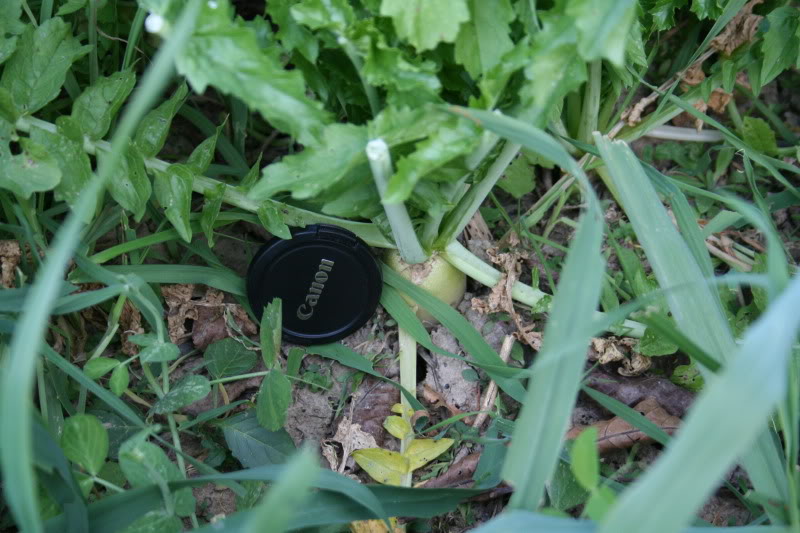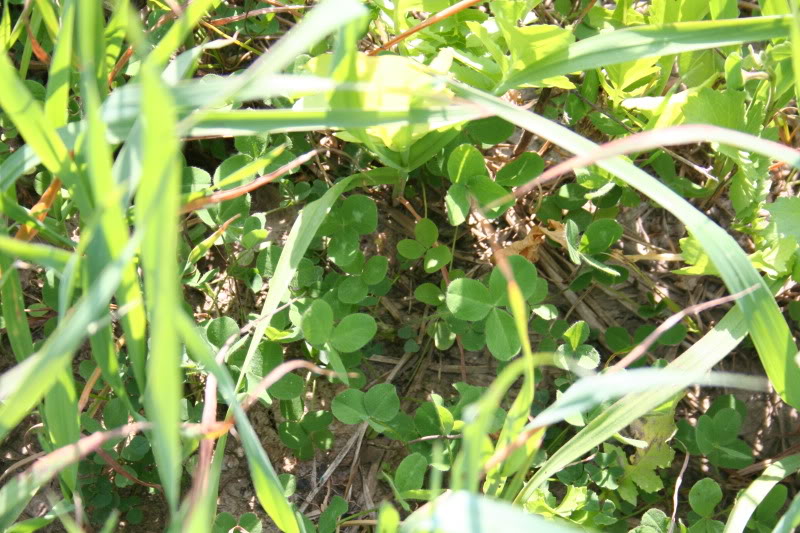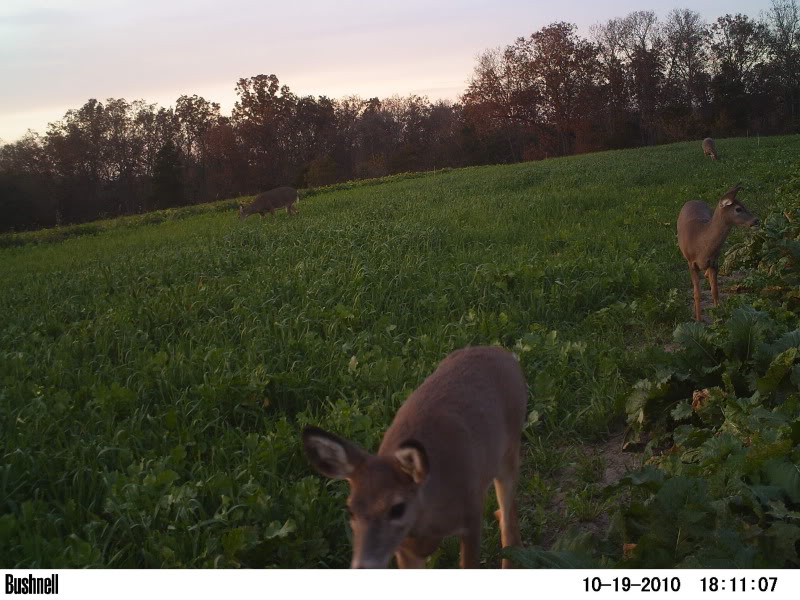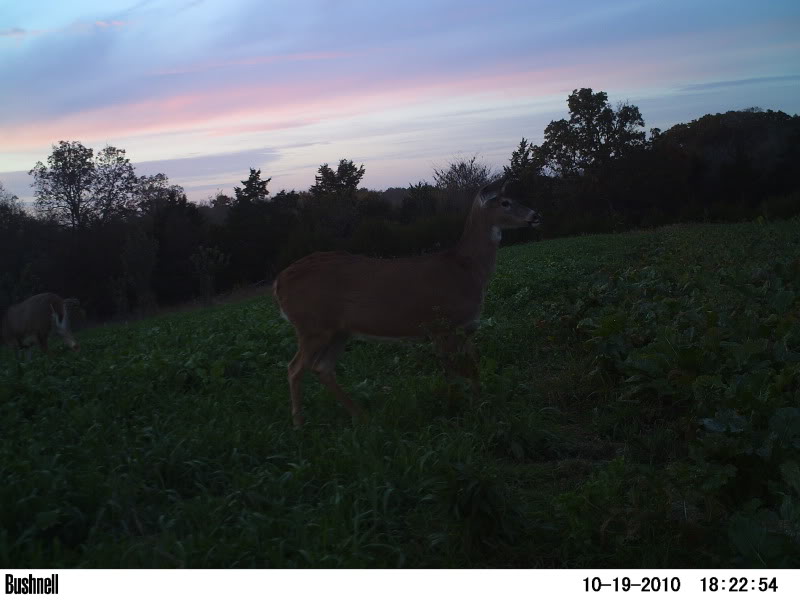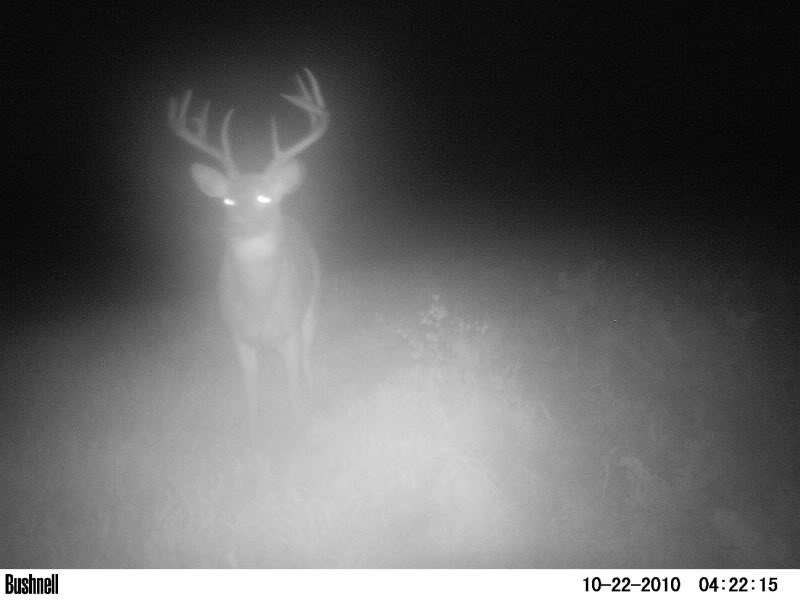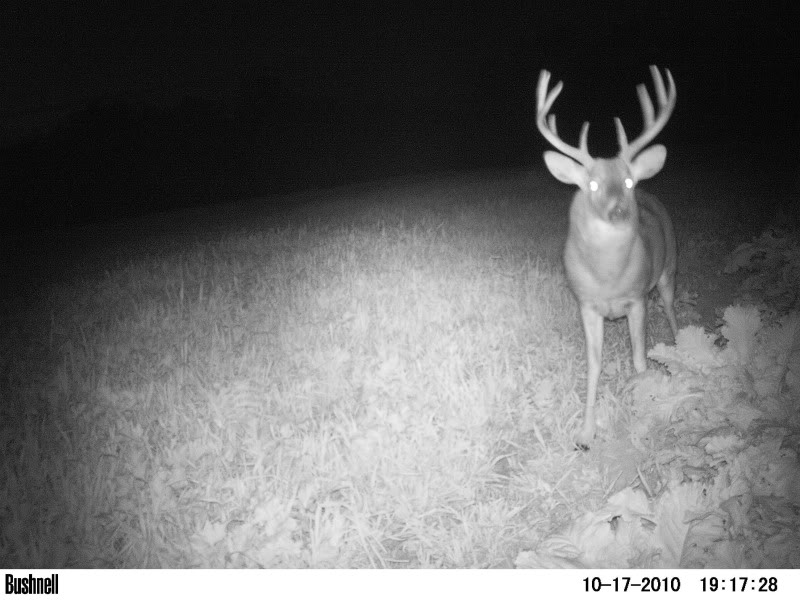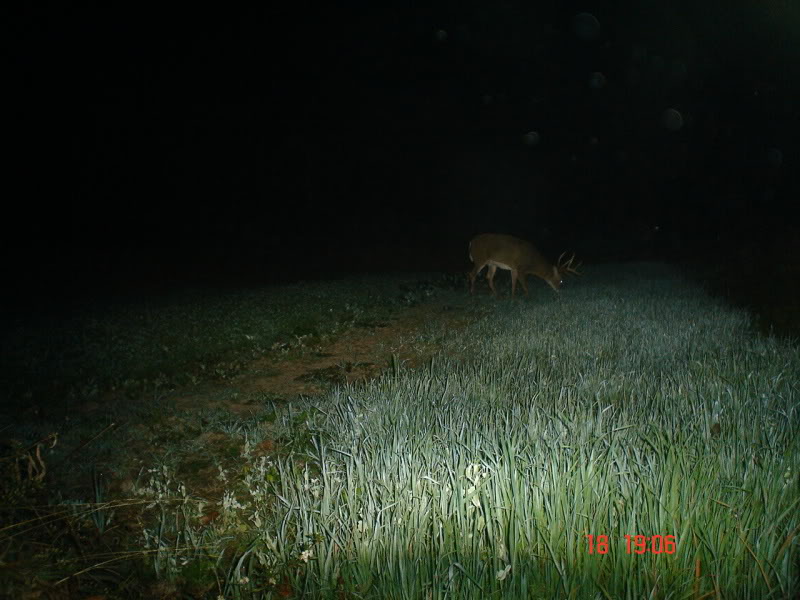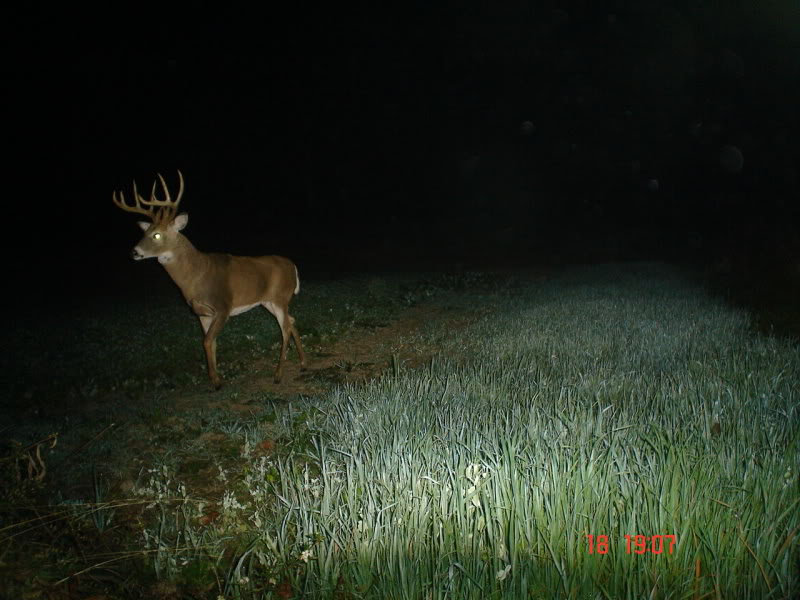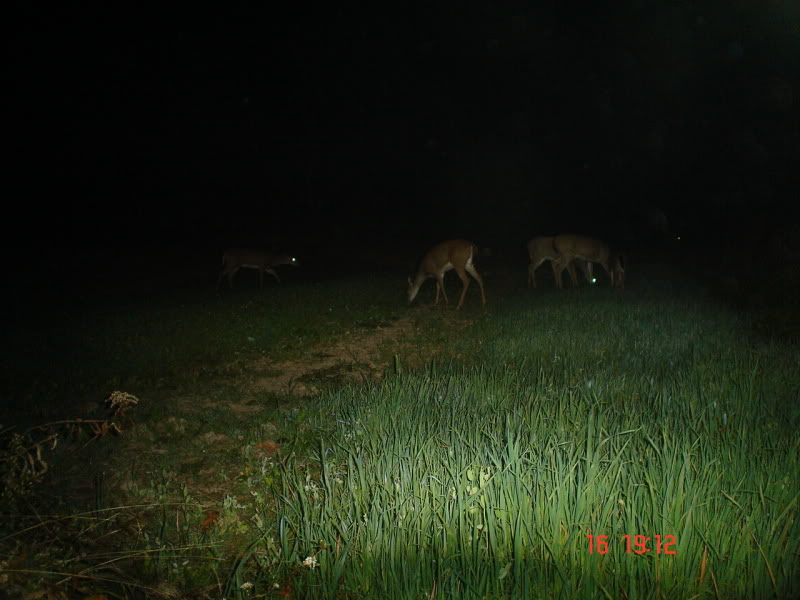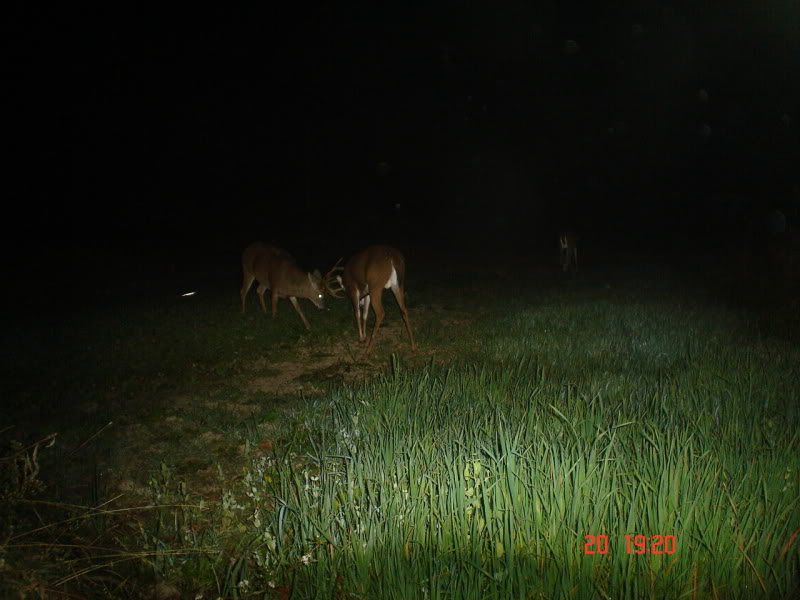dbltree
Super Moderator
Boz....perhaps the following will answer your question....
Two years ago I tested Jerry and Buck Forage Oats and last year I tested Jerry and Jim oats so this year I planted Jerry and Frank Forage oats....just for fun. Given the opportunity to choose between any other oats and/or rye deer didn't seem to care for the BFO at all but outside of that I have found no preference between oats, rye or combination's of the two in multiple plots on multiple farms.
It is nearly impossible to tell rye from oats or one oat from another at this point.
Frank Forage oats and winter rye

Jerry oats and winter rye

Grazing is all the same...and despite what people are led to believe regarding palatablity never once have I seen deer avoiding one cereal and choosing the other in which case one or the other would be 6" taller then the other!
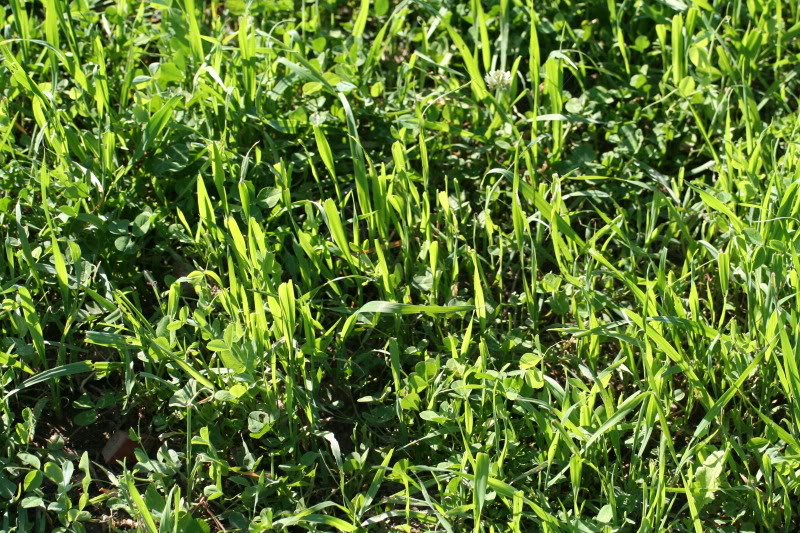
Some places along the edges they have eaten it to the dirt already...
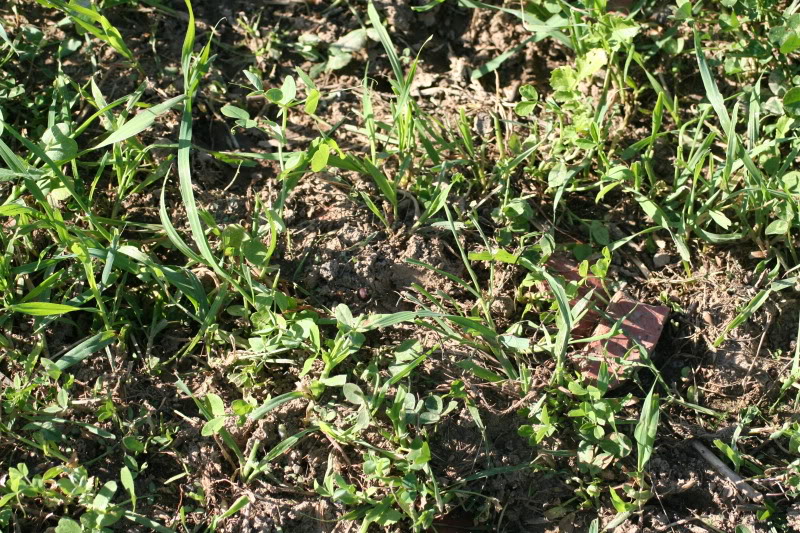
Most places in the strip plots they are just gleefully wallowing in the lush, protein rich mix of rye, oats, peas and radish
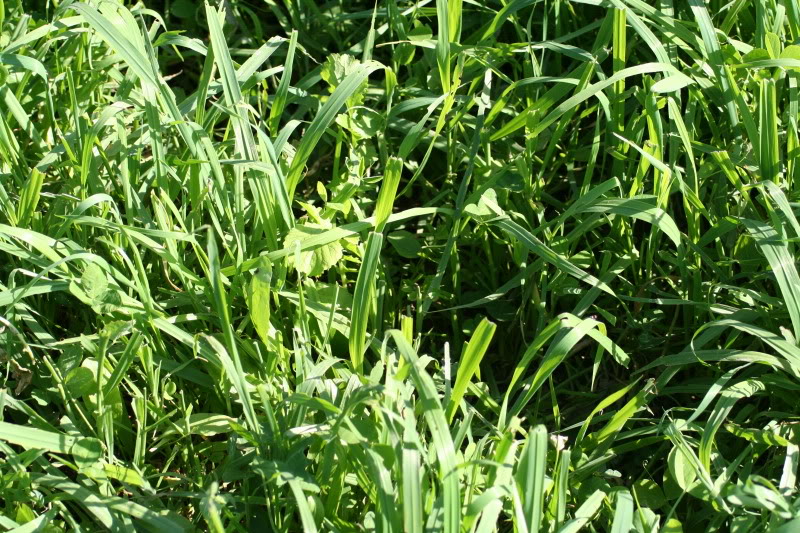
In less then a week each trail cam has 400-500 pictures of deer feeding in the winter rye/oat combo
Bucks....
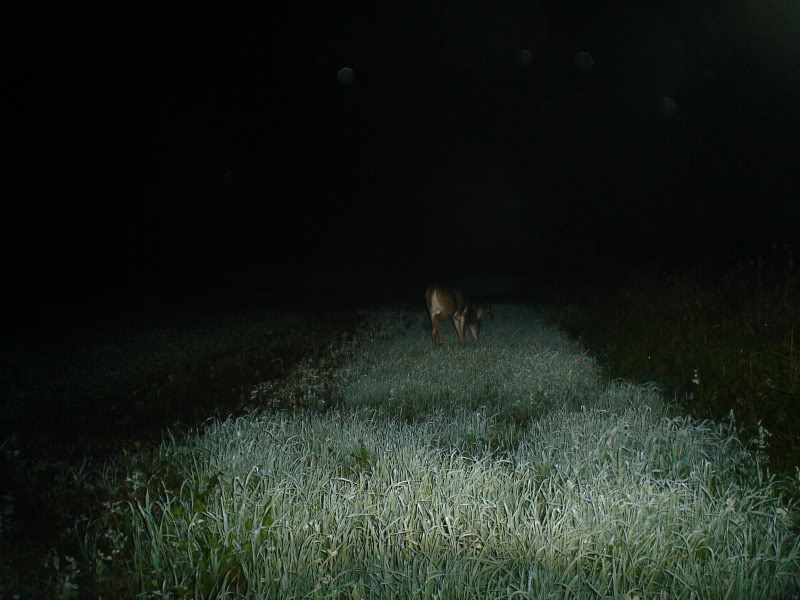
Doe groups

Flash...
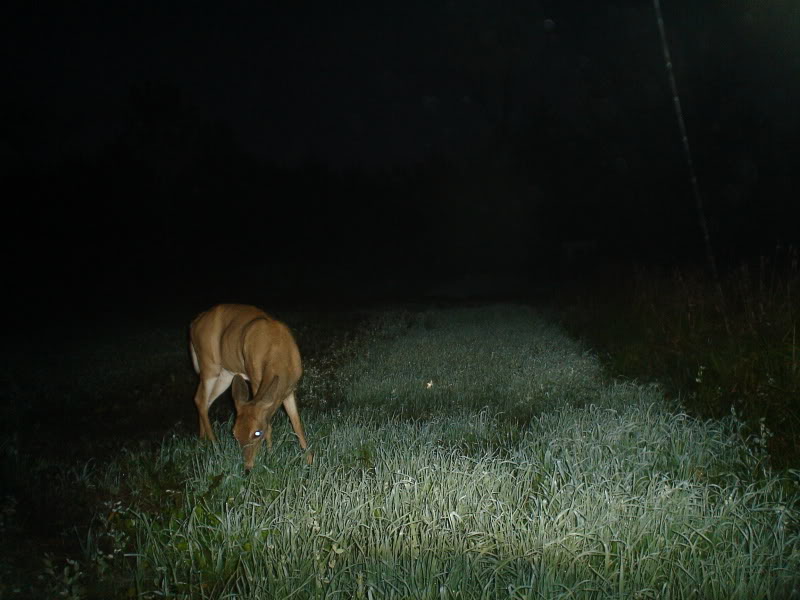
or IR...they stand there and happily feed without a care in the world if they are eating a mouthful of rye or oats
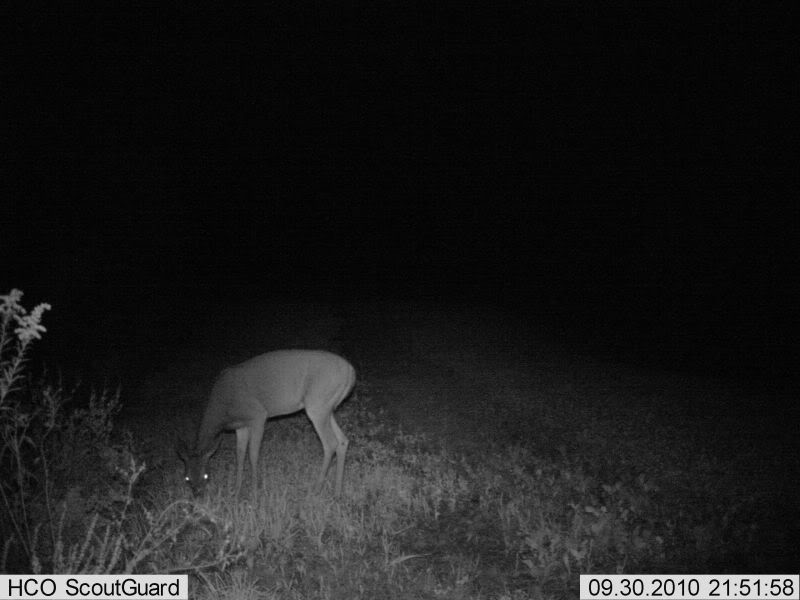
So which do deer like better? Jerry or Frank? Rye or oats? I honestly don't think they give a rip one way or the other...I plant oats not because of the deer but because I know they will freeze off and leave only the rye behind to carry deer through the winter and protect clover seedlings without suffocating them.....
Two years ago I tested Jerry and Buck Forage Oats and last year I tested Jerry and Jim oats so this year I planted Jerry and Frank Forage oats....just for fun. Given the opportunity to choose between any other oats and/or rye deer didn't seem to care for the BFO at all but outside of that I have found no preference between oats, rye or combination's of the two in multiple plots on multiple farms.
It is nearly impossible to tell rye from oats or one oat from another at this point.
Frank Forage oats and winter rye

Jerry oats and winter rye

Grazing is all the same...and despite what people are led to believe regarding palatablity never once have I seen deer avoiding one cereal and choosing the other in which case one or the other would be 6" taller then the other!

Some places along the edges they have eaten it to the dirt already...

Most places in the strip plots they are just gleefully wallowing in the lush, protein rich mix of rye, oats, peas and radish

In less then a week each trail cam has 400-500 pictures of deer feeding in the winter rye/oat combo
Bucks....

Doe groups

Flash...

or IR...they stand there and happily feed without a care in the world if they are eating a mouthful of rye or oats

So which do deer like better? Jerry or Frank? Rye or oats? I honestly don't think they give a rip one way or the other...I plant oats not because of the deer but because I know they will freeze off and leave only the rye behind to carry deer through the winter and protect clover seedlings without suffocating them.....


